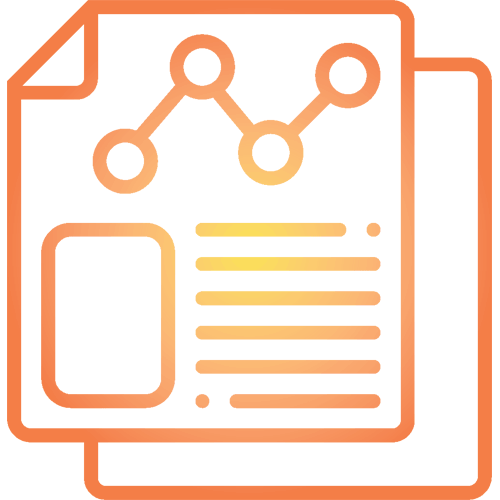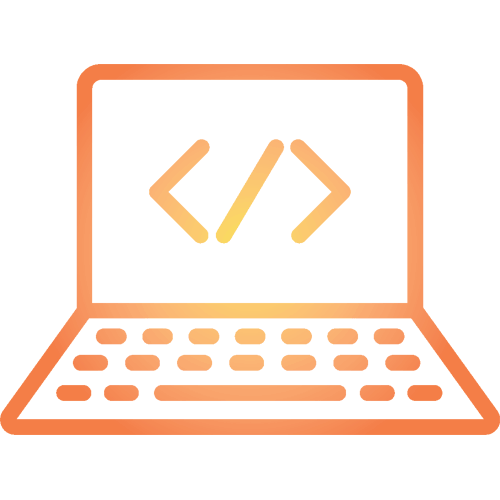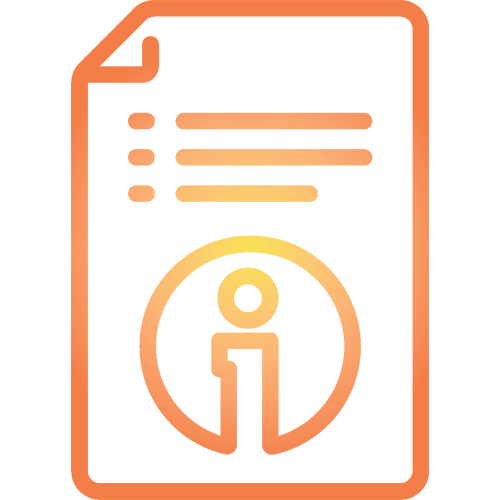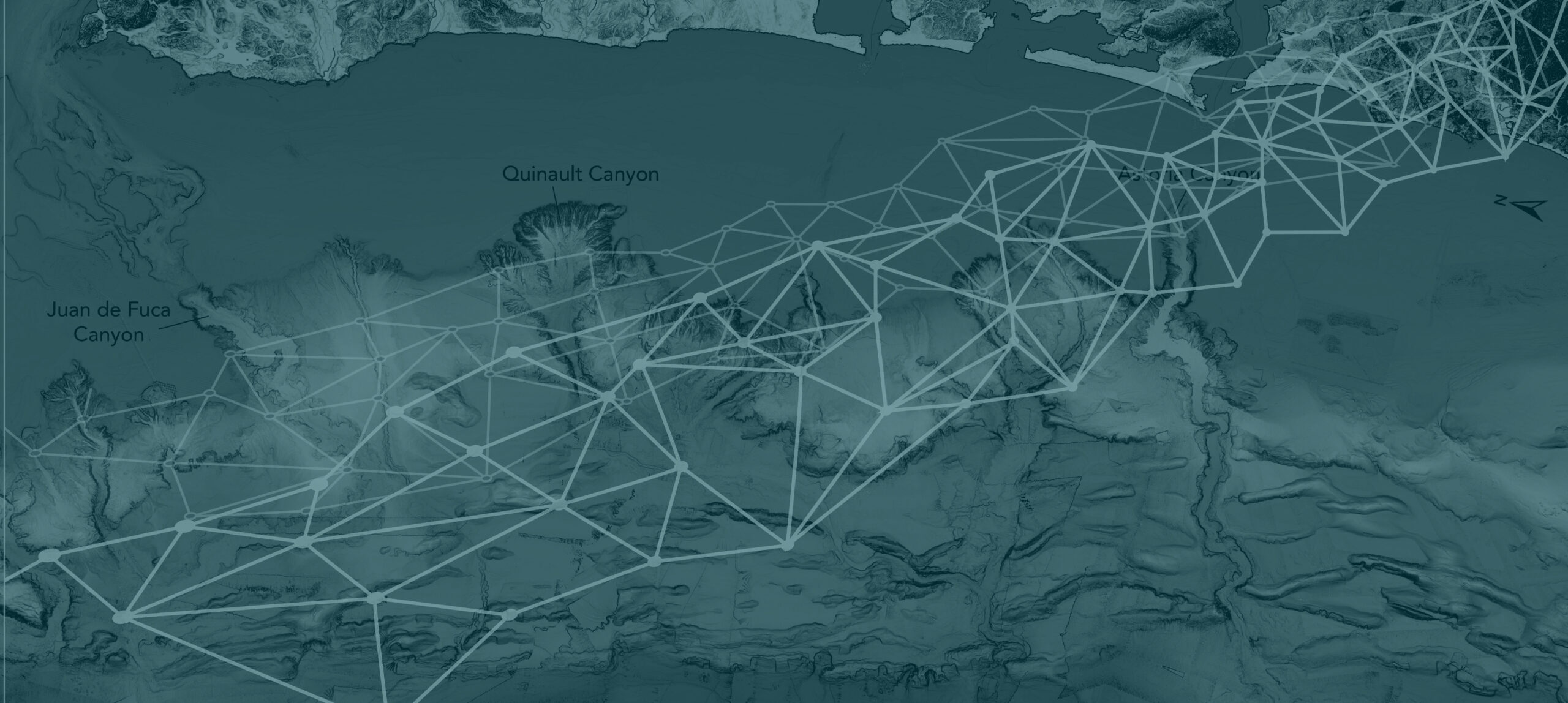
CFM
Community Fault Model Working Group
Working Group
Community Fault Model

The Community Fault Model (CFM) working group seeks to develop a comprehensive three-dimensional model of onshore and offshore crustal faults in the upper plate of the Cascadia subduction system as well as the megathrust plate boundary fault. Fault geometries, paleoseismic histories and other data that constrain fault activity will populate the CFM and provide data that are needed to characterize crustal fault hazards both on and offshore in Cascadia. Crustal earthquakes in the North American upper plate and the Juan de Fuca lower plate of the Cascadia Subduction Zone represent the least well-constrained earthquake sources in Cascadia. Past studies indicate regional hazard from a shallow upper plate earthquake in the densely populated Puget-Willamette Lowland is similar to that of a megathrust M9 Cascadia Subduction Zone event.
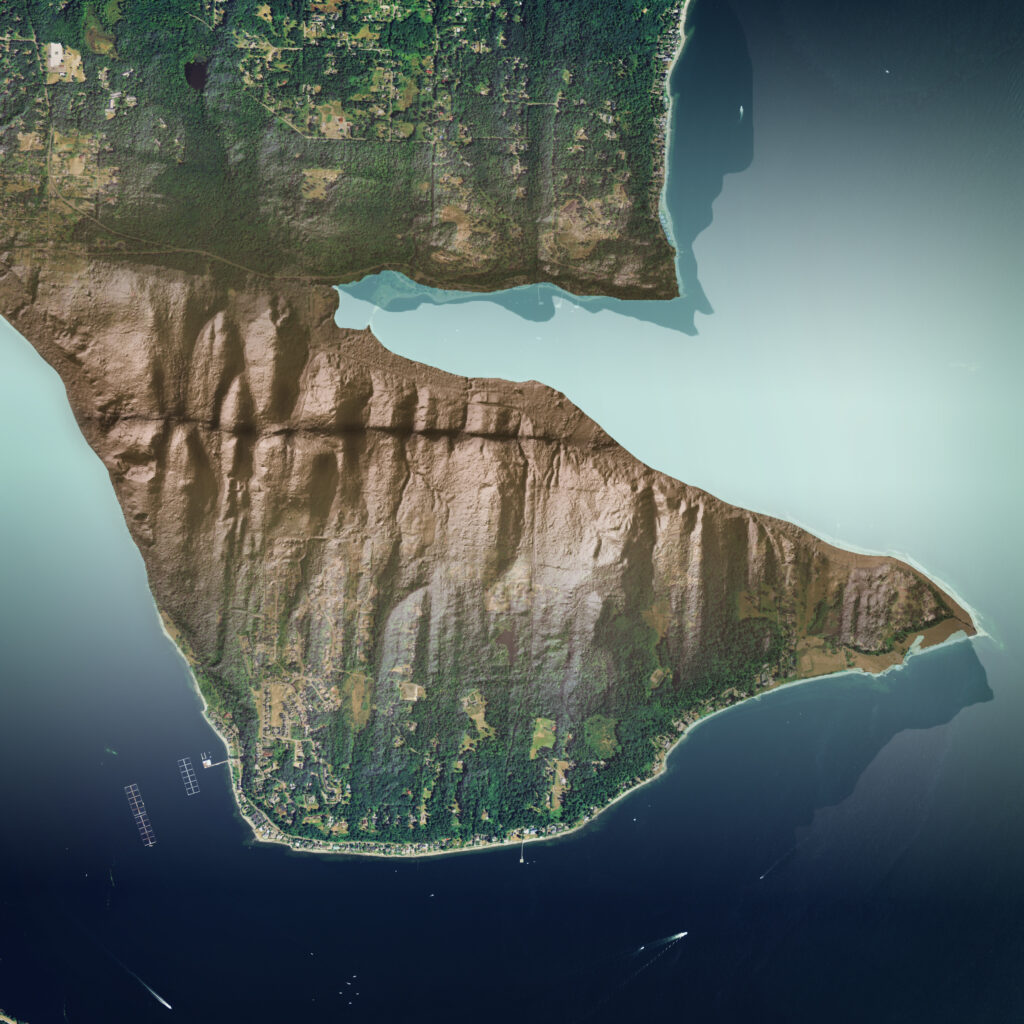
Major Activities
Timeline


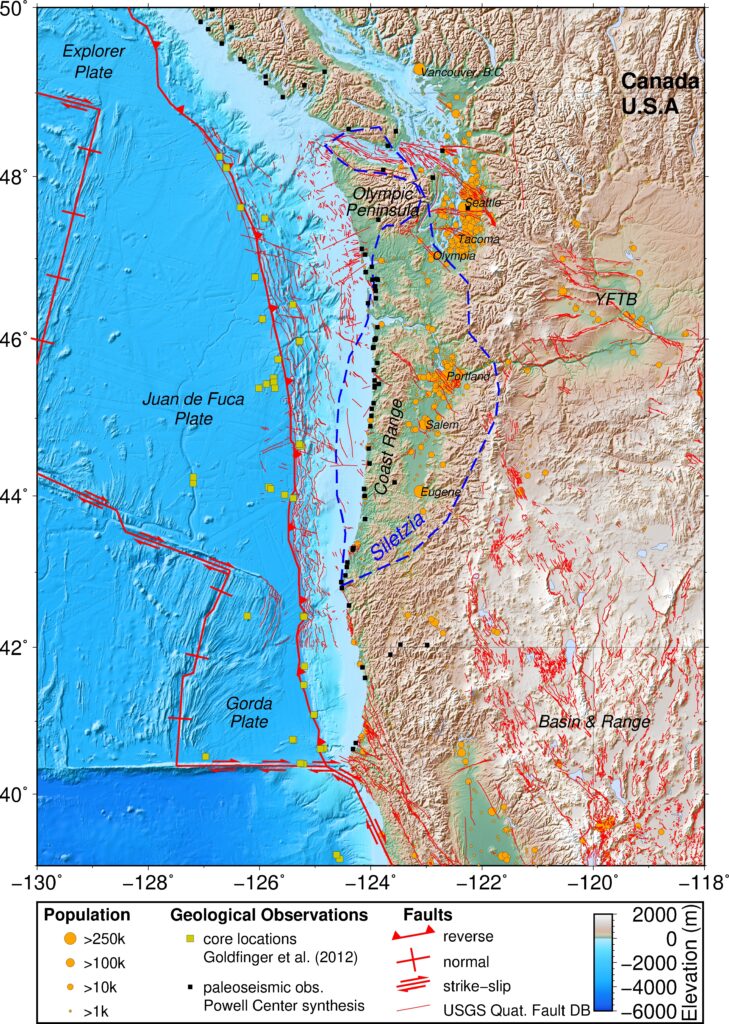
Community Product
Community Fault Model

The CFM will represent known onshore and offshore fault zones of the Pacific Northwest. Known faults will be included in CFM if they meet a set of community standards defined based on input from geologists and geophysicists in academia, state, and federal agencies and other stakeholders. The CFM will include the most detailed spatial representations of faults possible, kinematics, slip rates, relevant data, and other metadata. When possible the CFM will also include timing of past earthquakes and estimates of their source properties.
CFM Viewer
The CRESCENT Community Fault Model (CFM) Viewer is a web-based platform for visualizing and analyzing 3D, non-planar fault systems surrounding the Cascadia Subduction Zone. The viewer contains 2D fault traces, 3D fault surfaces, multiple interface geometries, terrain, geographic information, and seismicity providing spatial context for fault analysis. The viewer allows users to filter faults by location, depth, and other characteristics while enabling interactive 3D exploration. Built with CesiumJS and FastAPI, it dynamically loads GeoJSON-based fault and earthquake data for real-time rendering. Users can export fault data in GeoPackage (.gpkg) and KML (.kml) formats for further analysis.
The CFM Viewer is an open source tool. Code is available on the CRESCENT Github. Please reference using: https://doi.org/10.5281/zenodo.15021860
Meet The Team
CFM Membership

The Community Fault Model team comprises scientists specializing in on- and off-shore active fault mapping and characterization. Our backgrounds cross the subfields of structural geology, paleoseismology, tectonic-geomorphology, geophysics, and seismology. We work with data sources ranging from field data, lidar, sonar, seismic reflection, ground penetrating radar, existing published and unpublished geologic maps and fault characterizations and more. The CFM products group will provide new understanding of faulting and fault interactions, fault activity, and interaction with the Cascadia subduction zone. Join us to develop the community fault model and better understand fault rupture hazards in the PNW.

Colin Amos
Western Washington University
amosc2@wwu.edu

Ashley Streig
CFM Lead
Portland State University
streig@pdx.edu

Emily Roland
Western Washington University
rolande2@wwu.edu

Richard Styron
Global Earthquake Model
richard.styron@globalquakemodel.org
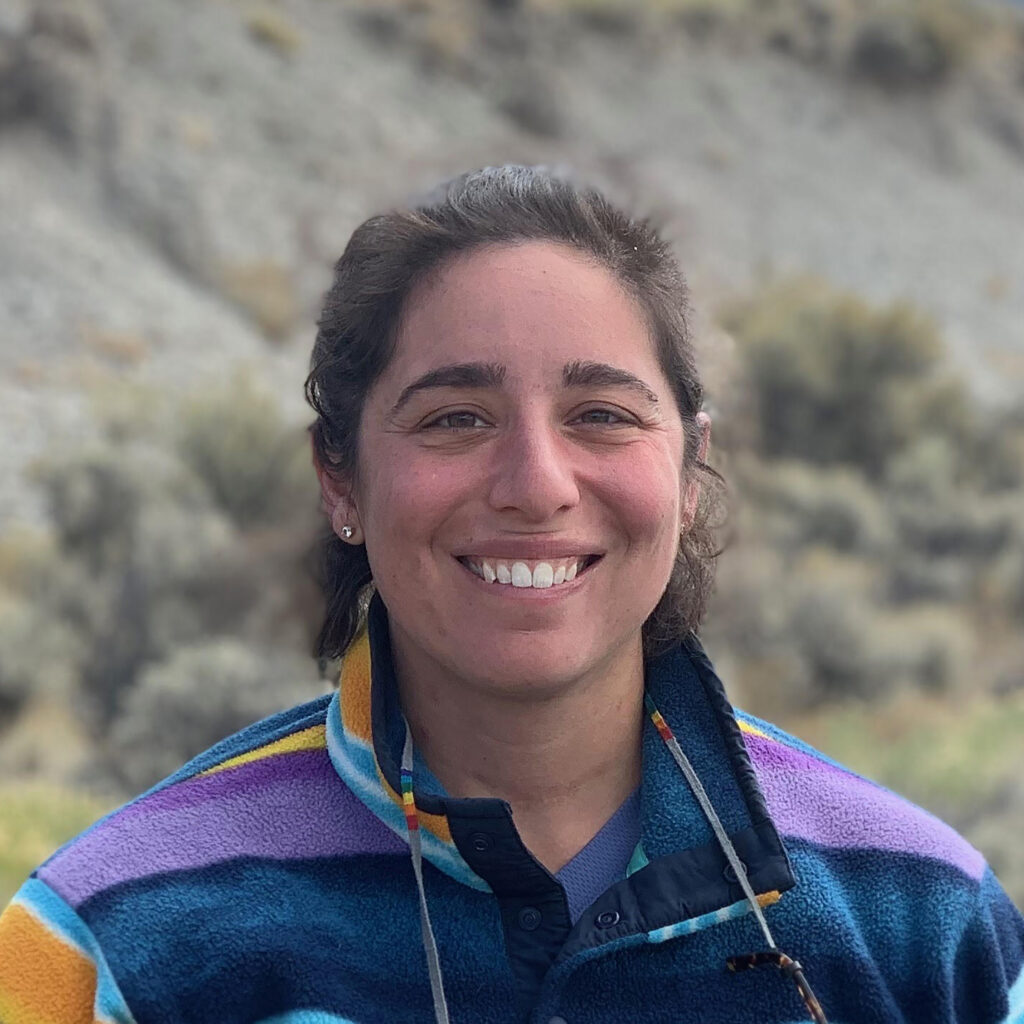
Alex Hatem
United States Geological Survey
ahatem@usgs.gov
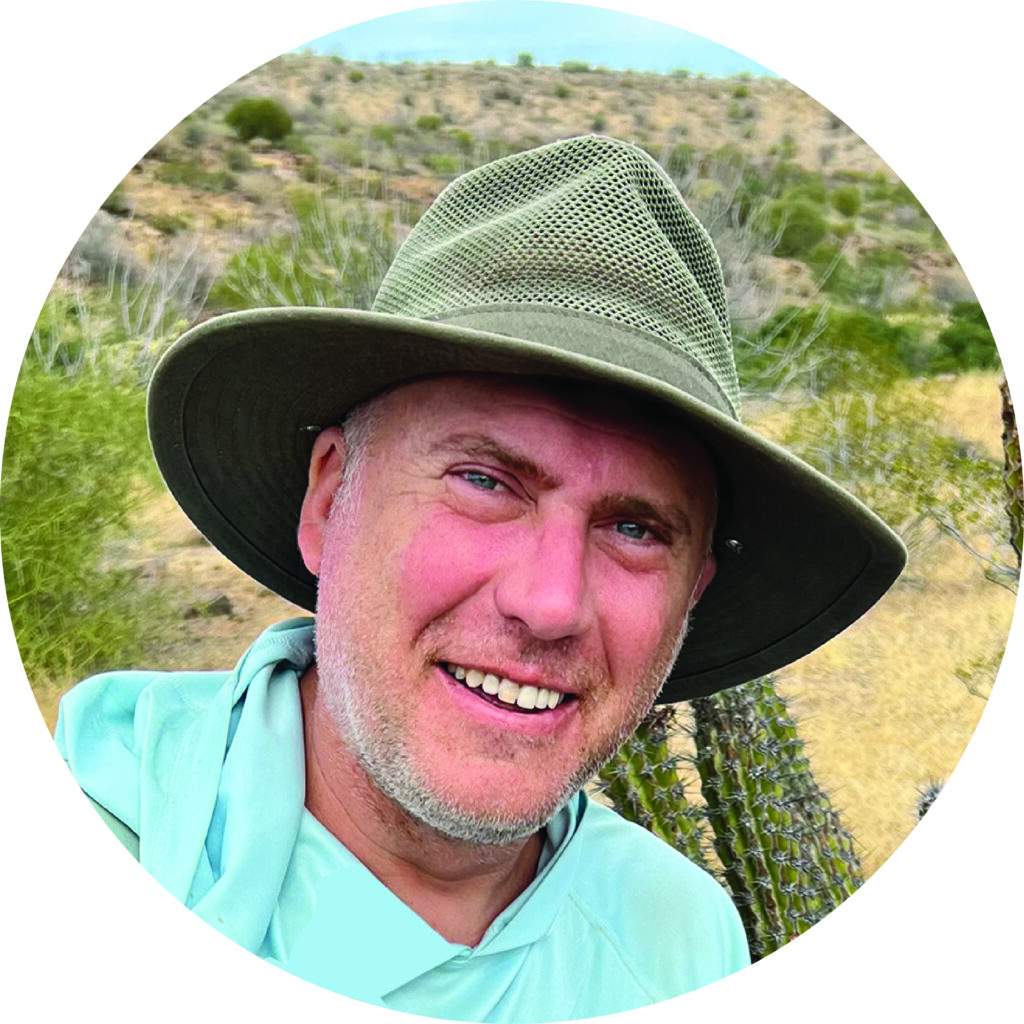
Scott Bennett
United States Geological Survey
sekbennett@usgs.gov
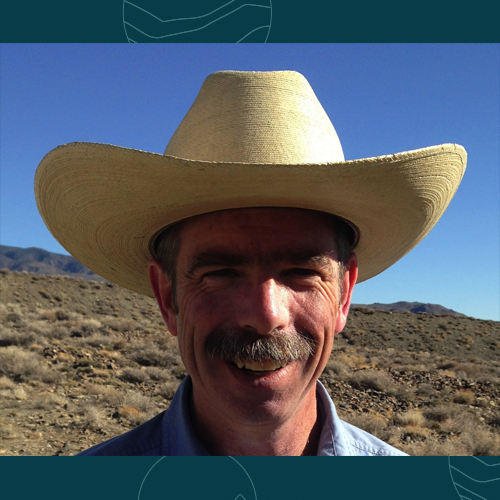
Andrew Meigs
Oregon State University
andrew.meigs@oregonstate.edu

Becky Fildes
Western Washington University
fildesr@wwu.edu

Harold Tobin
University of Washington
htobin@uw.edu
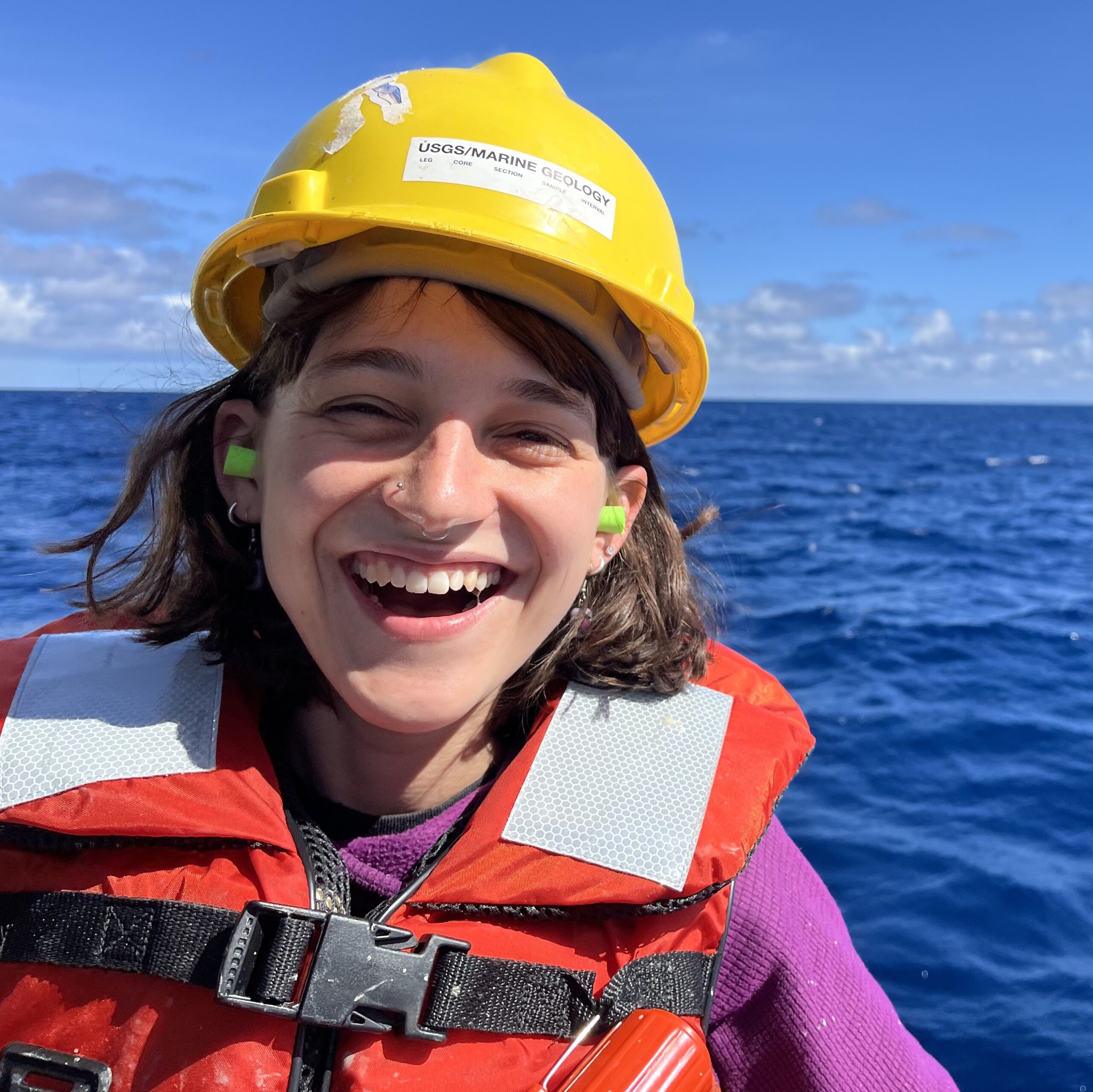
Anna Ledeczi
University of Washington
ledeczi@uw.edu

